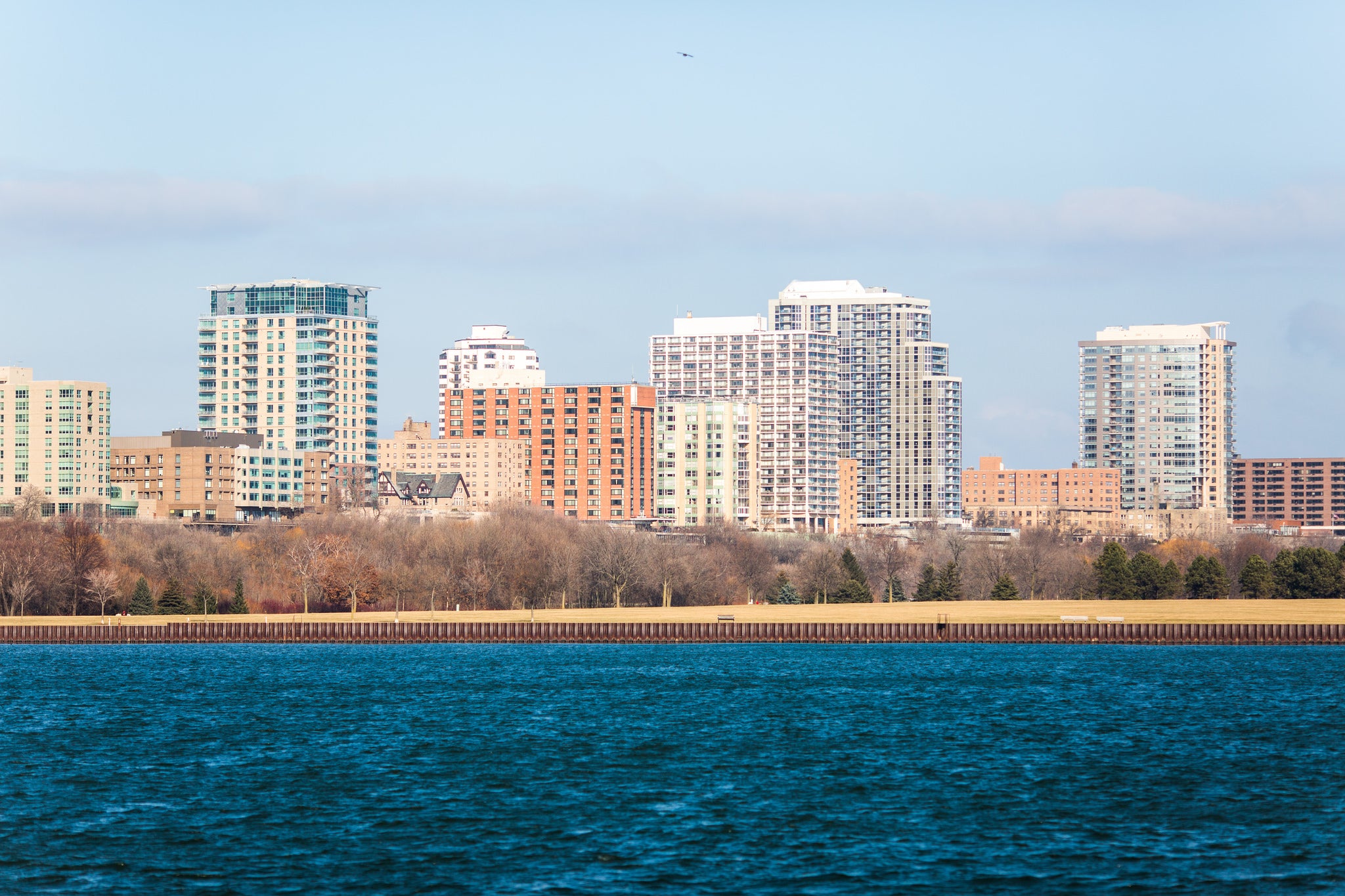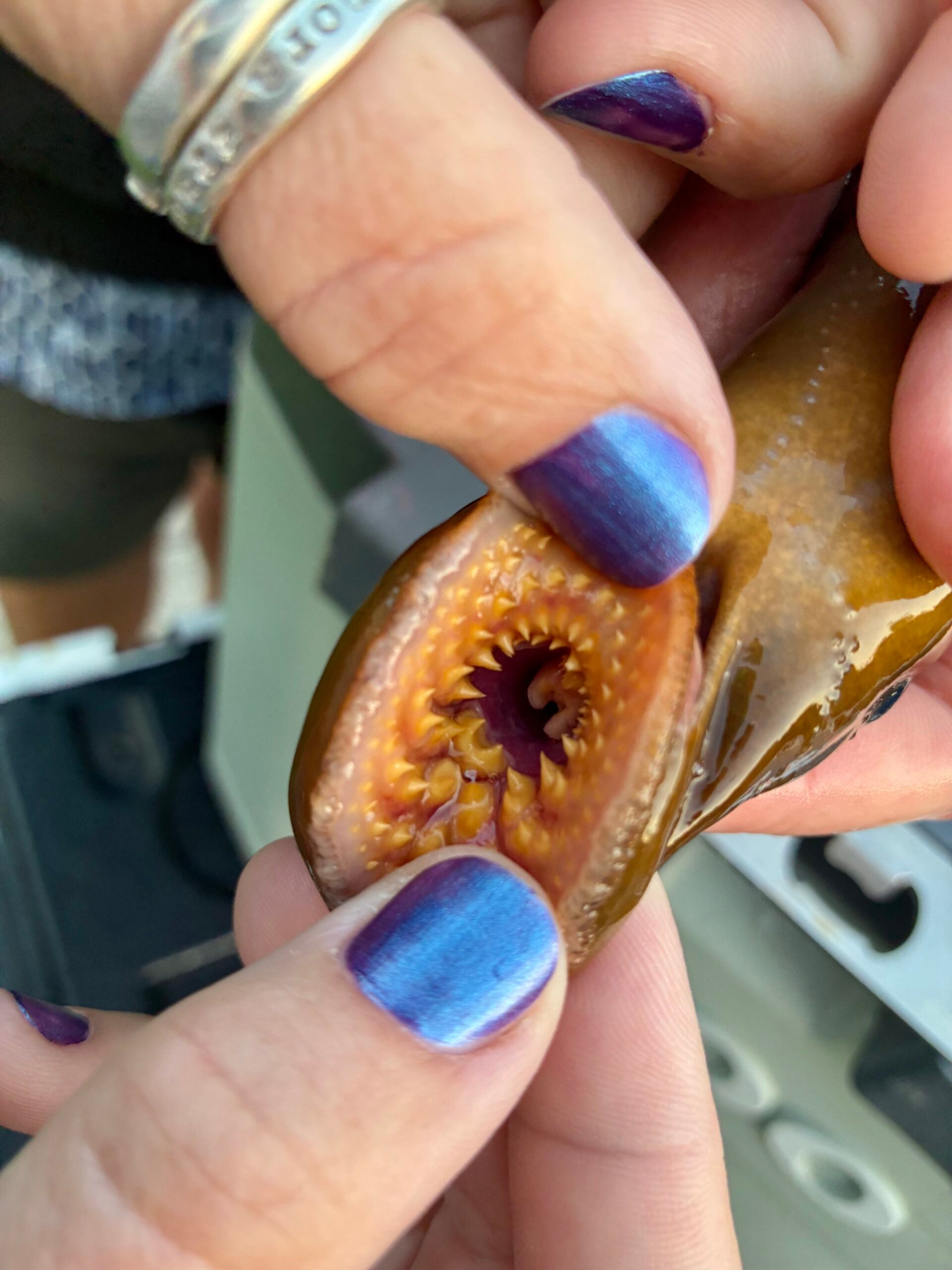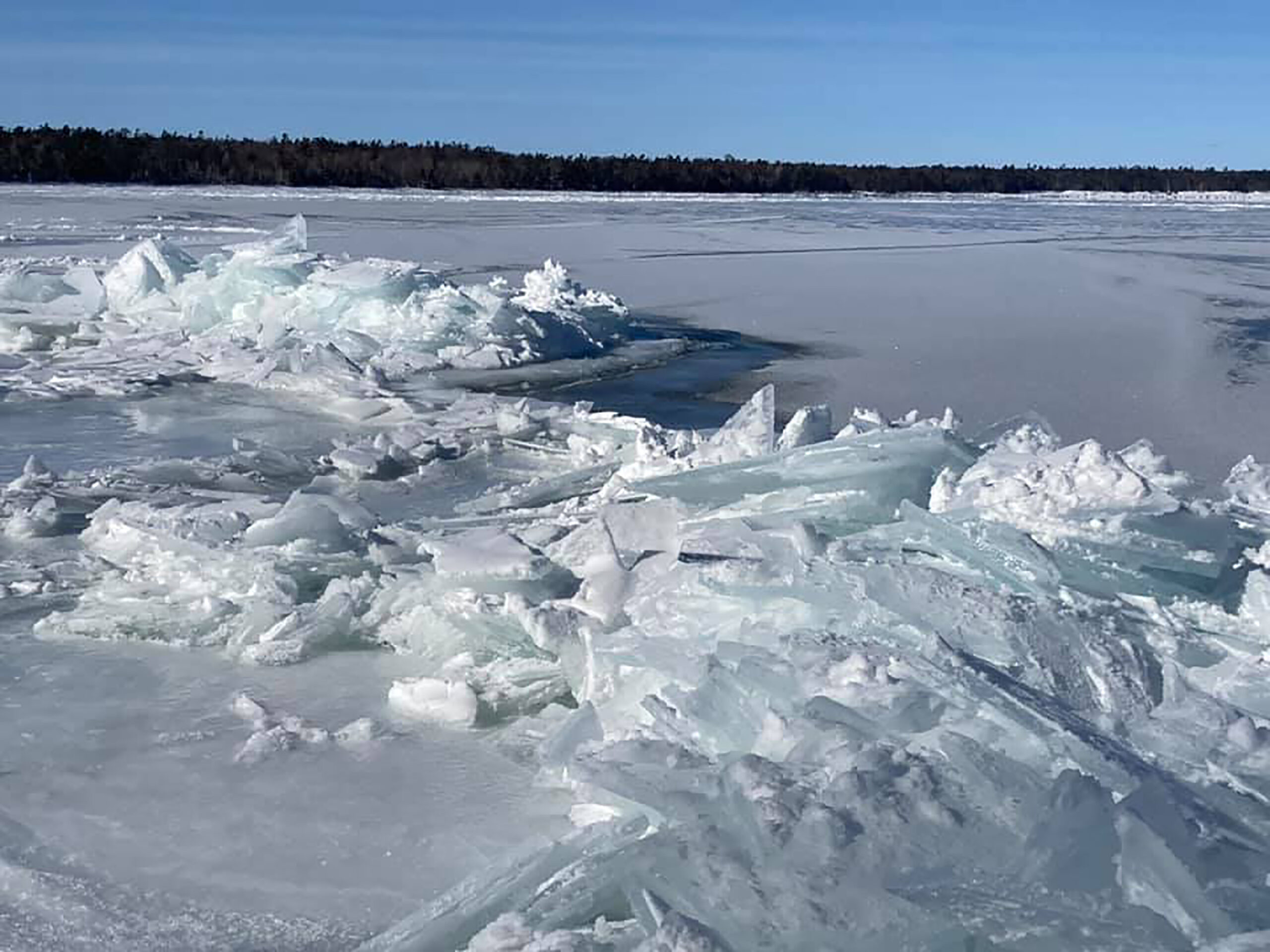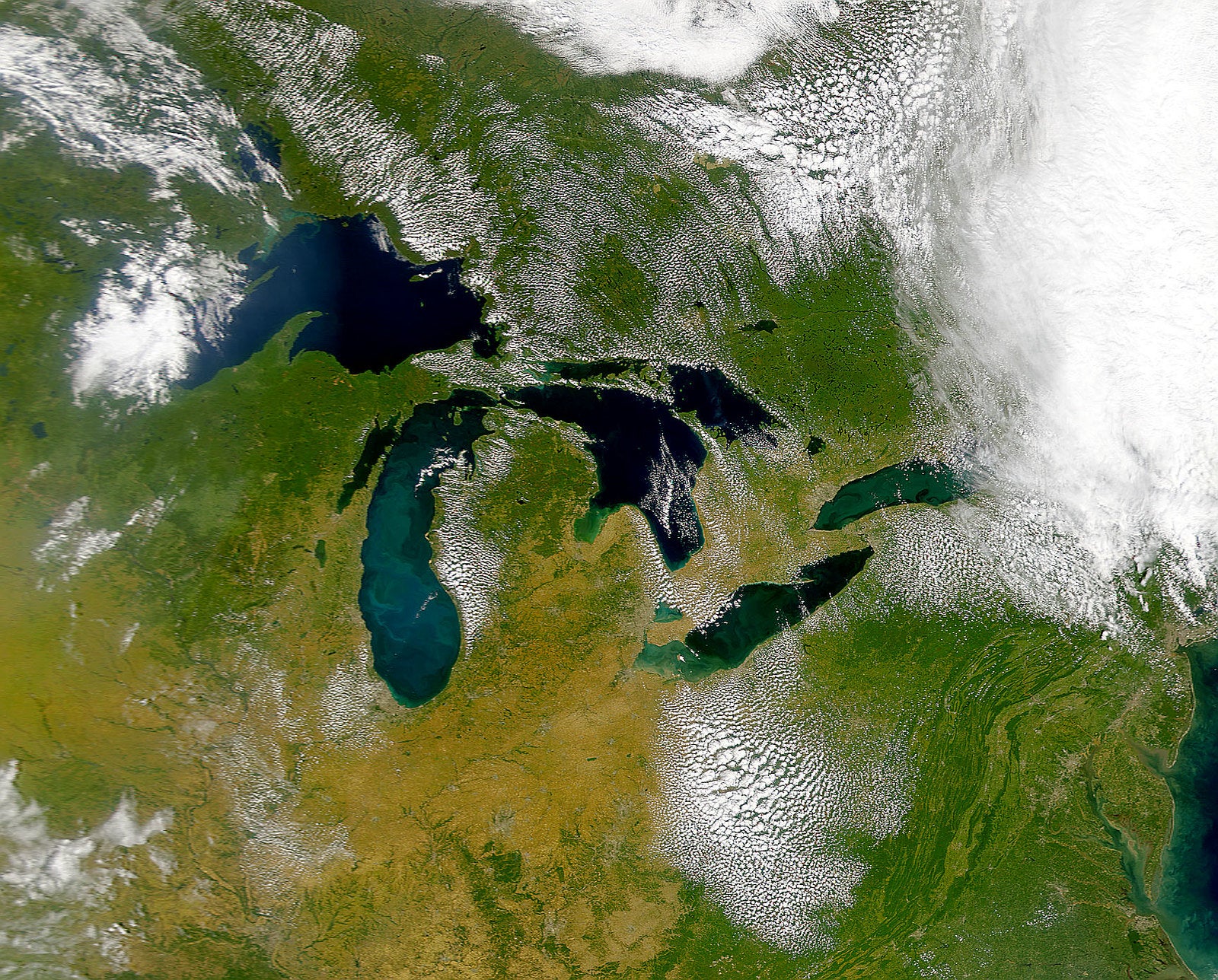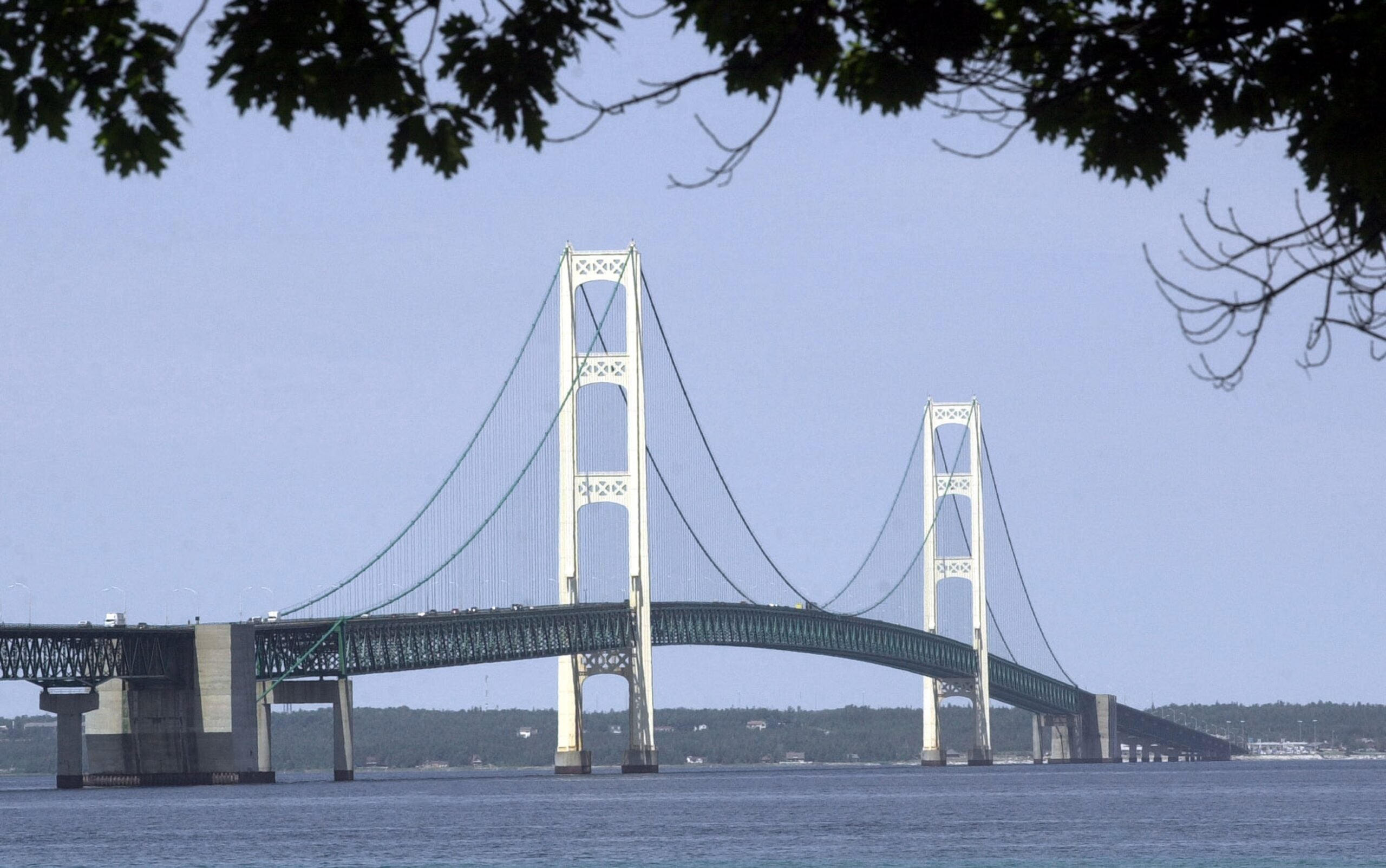Nearly 10,000 metric tons, or 22 million pounds, of plastic pollution enter the Great Lakes every year, according to researchers at New York’s Rochester Institute of Technology.
Their research is the first estimate of the total plastic pollution entering the Great Lakes system each year and builds on site surveys of plastic contamination previously conducted in areas around the lakes.
About half of the plastic is concentrated in Lake Michigan, thanks to large population centers such as Milwaukee and Chicago and the fact that water cycles through Lake Michigan more slowly than the other Great Lakes, according to the study’s co-author Matthew Hoffman, a mathematics professor at Rochester Institute of Technology.
News with a little more humanity
WPR’s “Wisconsin Today” newsletter keeps you connected to the state you love without feeling overwhelmed. No paywall. No agenda. No corporate filter.
Much of the pollution is in the form of microplastics, which are pieces of plastic no more than 5 millimeters in diameter found in products such as face wash. Hoffman said that makes cleaning up the pollution difficult.
Understanding the scope of the problem could help reduce the amount of plastic entering the lakes each year, he said, but prevention could also be complex.
“A lot of the plastic going in in Chicago or Milwaukee, because of the currents, is being transported to the coast of Michigan,” Hoffman said. “Or, a lot of stuff entering in Toronto ends up on the Rochester beaches, so actually if you think about managing the pollution, it becomes interstate or international in scope.”
Still, he said, the study’s analysis of how plastics enter and move through the system of lakes is an important step.
“One of the big questions with plastic pollution is what are the effects on the environment? What are the effects on wildlife? Do we, as humans, see any of this in our water or in food that we eat that comes from the lake?” Hoffman said.
He said this study can help scientists figure out what concentrations of plastic are present in different areas of the Great Lakes as they try to answer those questions.
Wisconsin Public Radio, © Copyright 2025, Board of Regents of the University of Wisconsin System and Wisconsin Educational Communications Board.

